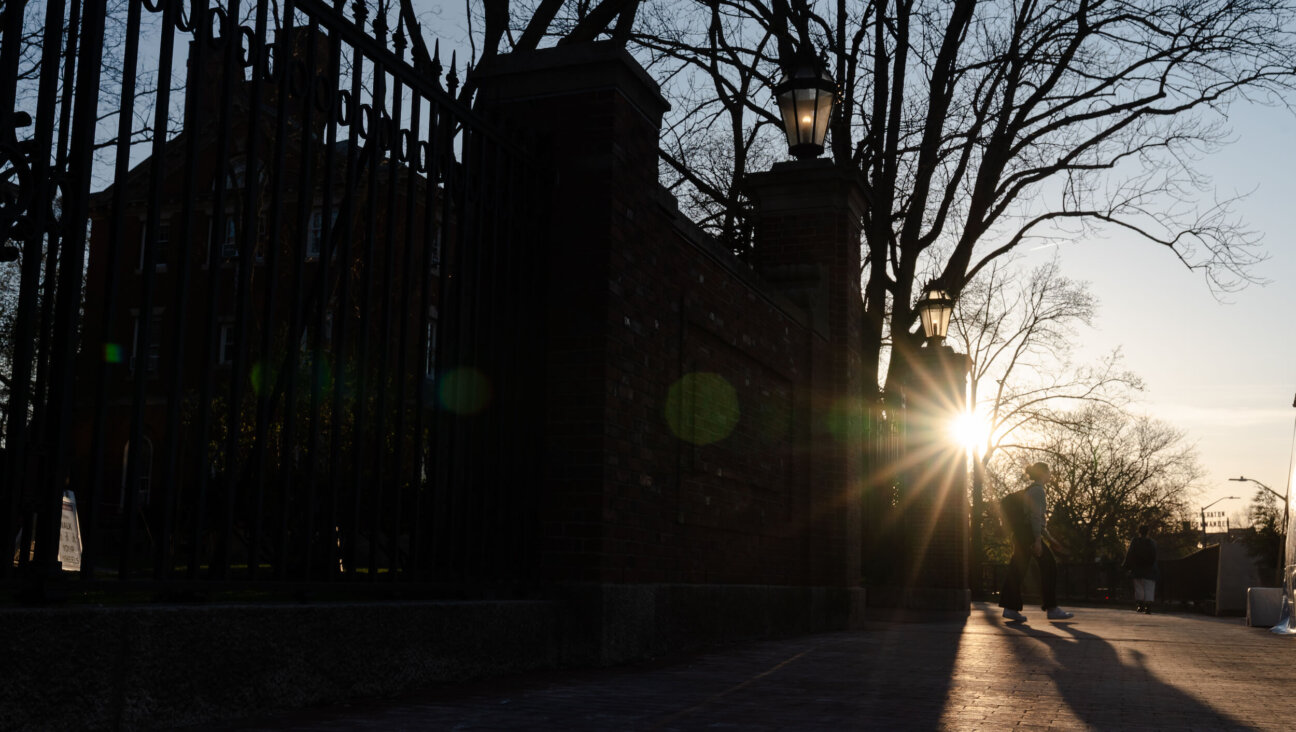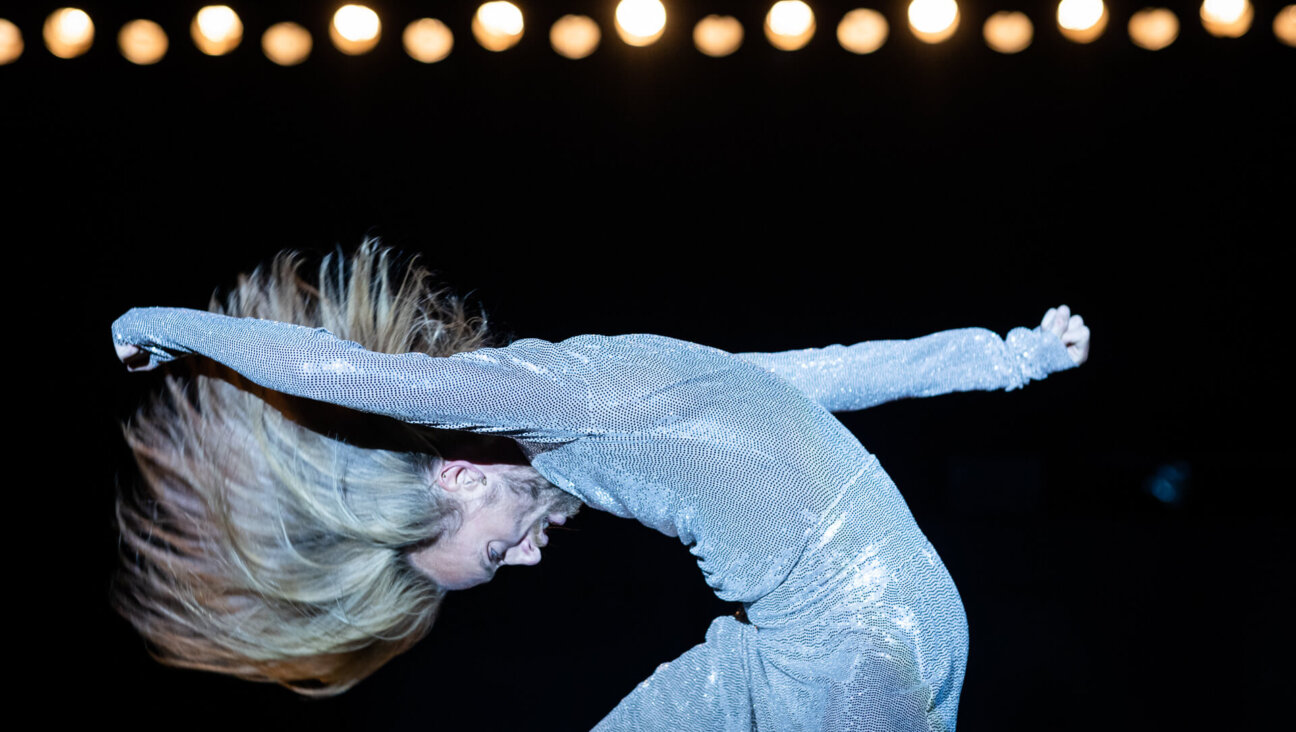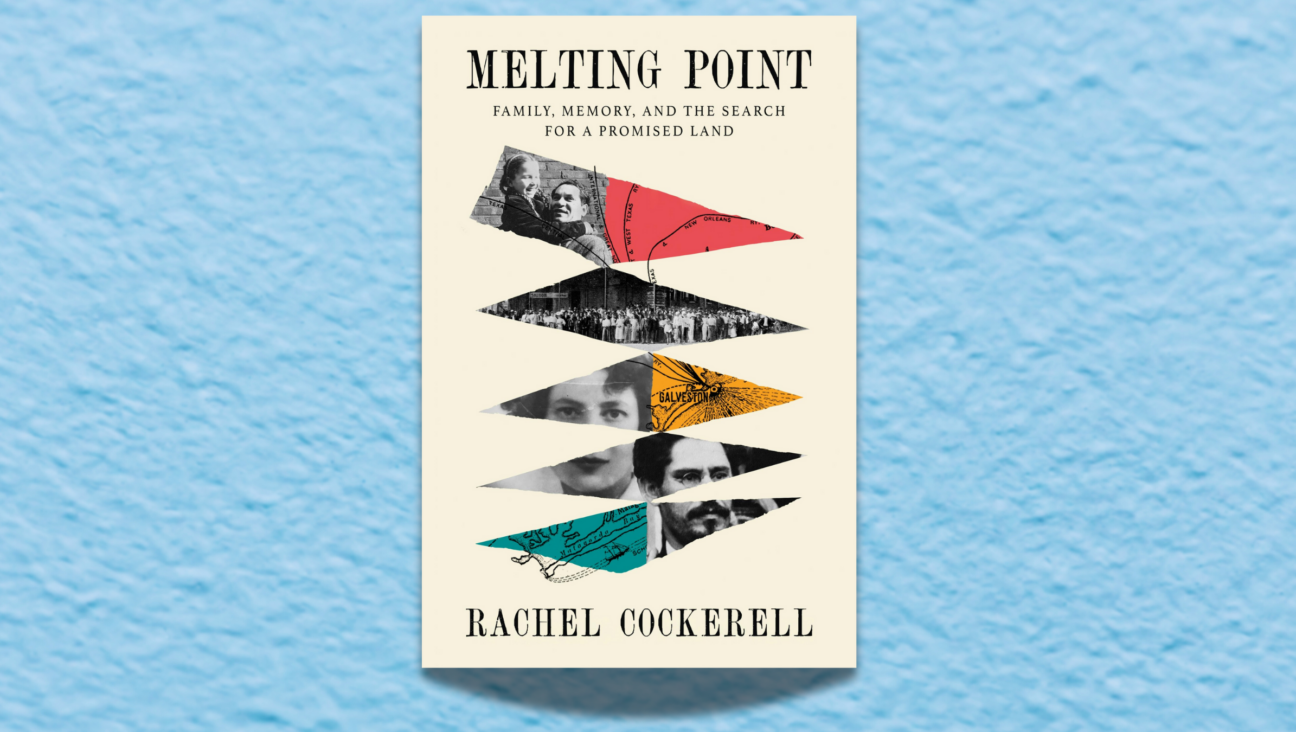South African Challah?
Michael Cole from Toronto writes:
“My wife’s South African relatives refer to a Shabbat or festival challah as a ‘kitke.’ This seems to be a uniquely South African term, unknown, as far as I am aware, even among other people of Lithuanian descent. [Mr. Cole is referring to the fact that South African Jewry originated largely in Jewish immigrants from Lithuania.] In fact, South African Jews are unaware of the term ‘challah’ until they arrive elsewhere in the Jewish world. ‘Kitke’ doesn’t sound particularly Yiddish, but neither does it sound like Afrikaans or Zulu or any other African language. Do you have any idea on this matter?”
Mr. Cole can find the answer to his question in Volume III of the YIVO Institute for Jewish Research’s Language and Culture Atlas of Ashkenazic Jewry, in which no fewer than nine pages, complete with linguistic maps and charts, are devoted to the various words by which Sabbath and festival breads were known to the Jews of Central and Eastern Europe. Although “challah” has taken over completely among the Jews of the United States, effacing all its rivals, a look at Ashkenazic Europe from Alsace in the West to Belarus and Ukraine in the East reveals, in addition to Western and Eastern Yiddish khale, five other words for such a bread: berkhes, dacher, koylatsh, shtritsl and — the word asked about by Mr. Cole — kitke.
Khale was by far the most widespread of these words, thus explaining its predominance in America. It derives from Hebrew h.allah, which has the meaning in the Bible of a flat cake, baked on coals, that constituted the simplest and most inexpensive of sacrifices that could be offered on the altar. (Its association with sacred ritual was very likely the reason that h.allah later became attached to Sabbath and holiday breads.) Apart from much of Germany, Czechoslovakia and Transylvania, khale was used in almost every part of Ashkenazic Europe, often in conjunction with other terms. Sometimes but not always, khale was the general term for a Sabbath and holiday bread while another word designated to a local variety, or else khale, referred to a plain bread as opposed to a fancier one. Thus, for instance, the word koylatsh was used widely throughout Poland and Russia to denote, in some areas, a braided challah; in others, a decorated challah baked for weddings and celebrations, and in still others, any braided roll, braided yeast cake, or even filled cake or pastry. (The word koylatsh itself, though its ultimate etymology is unclear, already was in use among French Jews in the lifetime of renowned 11th-century rabbinic commentator Rashi; he speaks of a coilush as a kind of long, thin bread, like a baguette.) Shtritsl (apparently from medieval German Struz, a swelling — as of dough with yeast? — or a protuberance) had much the same range of meanings as koylatsh but was more restricted in its geographical range and was used occasionally to designate a festive Christian bread rather than a Jewish one.
Birkhes (or barkhes) and dacher, on the other hand, were general terms like khale, limited to Germany and to Central Europe. Both words come from the same verse in the Book of Proverbs, Birkat adonai hi ta’ashir (“The blessing of the Lord, it maketh rich”). The verse traditionally was (and still is) embroidered on the cloth napkins with which the challah is covered on the Sabbath table, or else it was engraved on a special challah knife.
This brings us to kitke. Why Mr. Cole thinks it doesn’t “sound like” Yiddish is unclear to me, since it certainly sounds like Yiddish to my ears. The word is composed of the German Kitt and the Slavic suffix –ke, which is found in many Yiddish words and names. (Think of pushke, kishke and katshke, or of such familiar forms as Motke and Tsvika.) Moreover, kitke, as is shown by the Language and Culture Atlas of Ashkenazic Jewry, was a Yiddish word restricted entirely to Lithuania, where it generally existed in tandem with khale. This explains why it is so prevalent to this day among South African Jews.
Kitt in German means “putty,” which is to say, a quick-drying plaster or cement that is used as a filler or adhesive, as well for making ornamental patterns or figures on such surfaces as walls and ceilings. Indeed, in some areas of Lithuania, kitke referred not to the whole challah but simply to the braids or decorations that were attached to the challah like putty before baking, and the word must have originally referred to these. (Kitka in Polish, also from Kitt, means an ornamental plume.) In many places, however, kitke came to designate an entire kind of bread — one that, like a koylatsh or a shtritsl, differed from a plain khale by virtue of its decorative features. And in still others, kitke replaced khale entirely as the word for a challah of any kind, as it also did in South Africa. No need to search in Afrikaans or Zulu, Mr. Cole; plain Litvish Yiddish gives you your answer.
Questions for Philologos can be sent to [email protected].
The Forward is free to read, but it isn’t free to produce

I hope you appreciated this article. Before you go, I’d like to ask you to please support the Forward.
Now more than ever, American Jews need independent news they can trust, with reporting driven by truth, not ideology. We serve you, not any ideological agenda.
At a time when other newsrooms are closing or cutting back, the Forward has removed its paywall and invested additional resources to report on the ground from Israel and around the U.S. on the impact of the war, rising antisemitism and polarized discourse.
This is a great time to support independent Jewish journalism you rely on. Make a Passover gift today!
— Rachel Fishman Feddersen, Publisher and CEO
Most Popular
- 1

News Student protesters being deported are not ‘martyrs and heroes,’ says former antisemitism envoy
- 2

News Who is Alan Garber, the Jewish Harvard president who stood up to Trump over antisemitism?
- 3

Fast Forward Suspected arsonist intended to beat Gov. Josh Shapiro with a sledgehammer, investigators say
- 4

Politics Meet America’s potential first Jewish second family: Josh Shapiro, Lori, and their 4 kids
In Case You Missed It
-

Opinion Why can Harvard stand up to Trump? Because it didn’t give in to pro-Palestinian student protests
-

Culture How an Israeli dance company shaped a Catholic school boy’s life
-

Fast Forward Brooklyn event with Itamar Ben-Gvir cancelled days before Israeli far-right minister’s US trip
-

Culture How Abraham Lincoln in a kippah wound up making a $250,000 deal on ‘Shark Tank’
-
Shop the Forward Store
100% of profits support our journalism
Republish This Story
Please read before republishing
We’re happy to make this story available to republish for free, unless it originated with JTA, Haaretz or another publication (as indicated on the article) and as long as you follow our guidelines.
You must comply with the following:
- Credit the Forward
- Retain our pixel
- Preserve our canonical link in Google search
- Add a noindex tag in Google search
See our full guidelines for more information, and this guide for detail about canonical URLs.
To republish, copy the HTML by clicking on the yellow button to the right; it includes our tracking pixel, all paragraph styles and hyperlinks, the author byline and credit to the Forward. It does not include images; to avoid copyright violations, you must add them manually, following our guidelines. Please email us at [email protected], subject line “republish,” with any questions or to let us know what stories you’re picking up.











